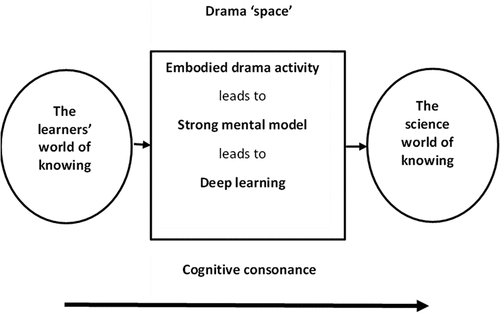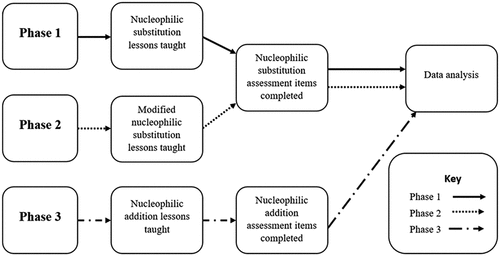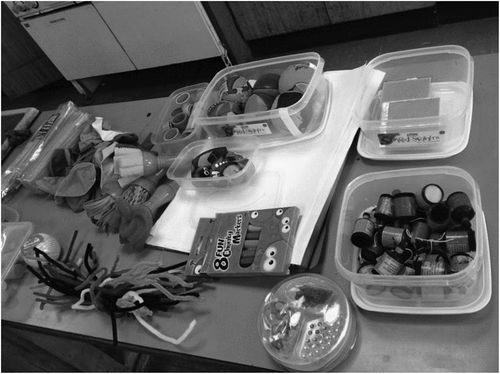Figures & data
Figure 1. Forms of organisation in ‘dramatic scene’ activities (Ødergaard, Citation2003, p.79).
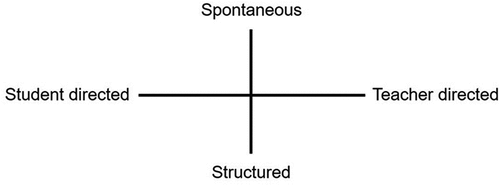
Figure 2. A model of learning science through drama (Braund Citation2015, p.111).
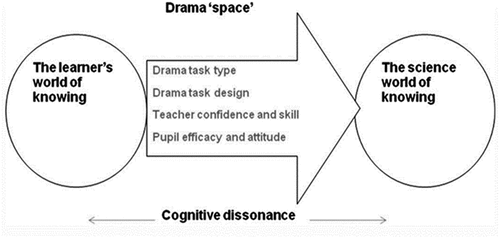
Figure 3. Triangle of multi-level thought in science, based on Johnstone (Citation2010, p. 24).
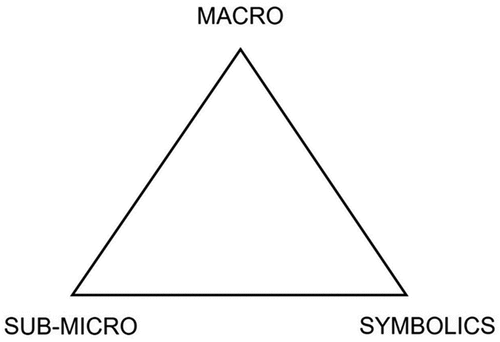
Figure 4. Example of a simple organic reaction mechanism representing the nucleophilic substitution of bromomethane.

Figure 6. A sample of a kit of ‘props’ provided to use when representing one of the reaction mechanisms, typical of those used in phases 1 and 2 of the study.
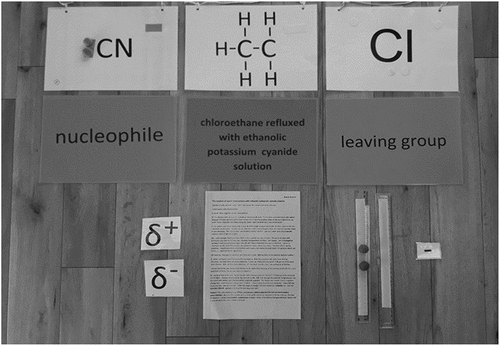
Figure 8. Diagnostic question used in phase 3 of the study. Otter (Citation2020, p. 368).
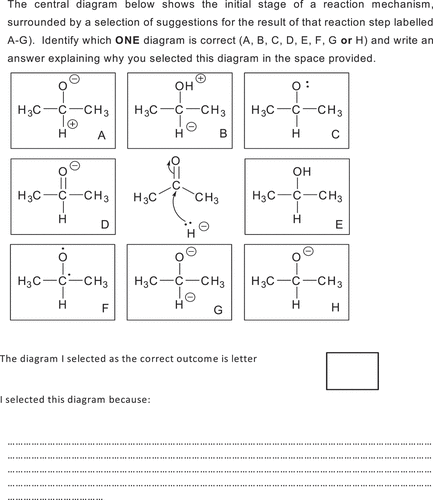
Table 1. An example of how the examination board mark scheme and the fine grain mark scheme are linked.
Figure 9. The relationship between the macro, sub-micro, and symbolic levels in the drama lessons and how they support each other to strengthen conceptual understanding. Adapted from Johnstone (Citation2010, p. 24).
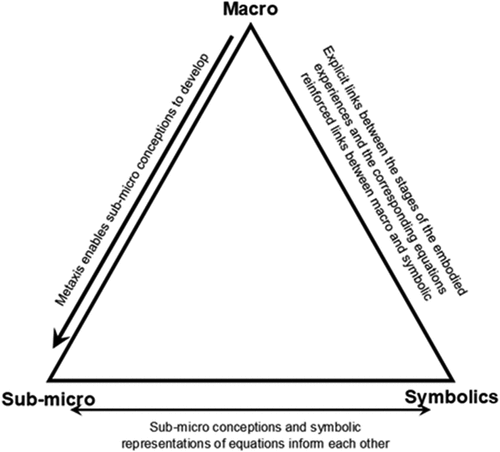
Figure 10. A model for learning science through drama, based on a modified Braund (Citation2015, p. 111).
